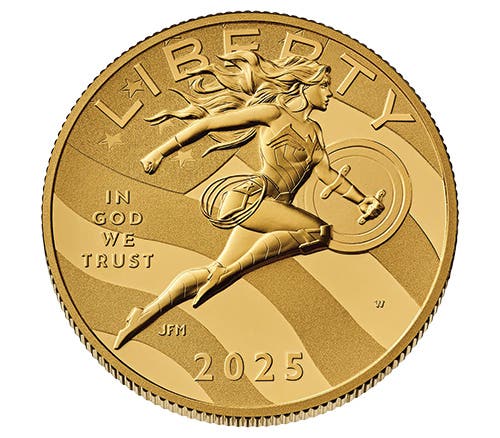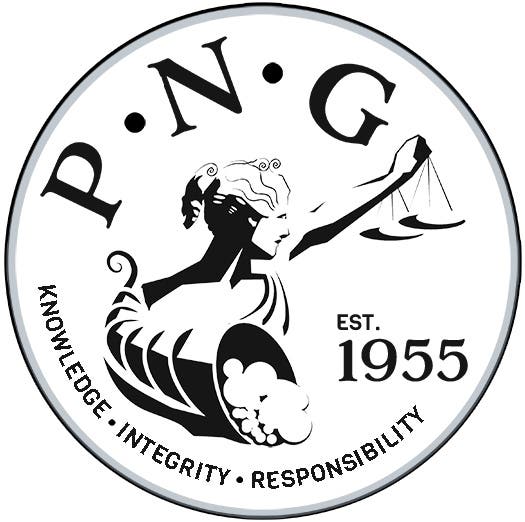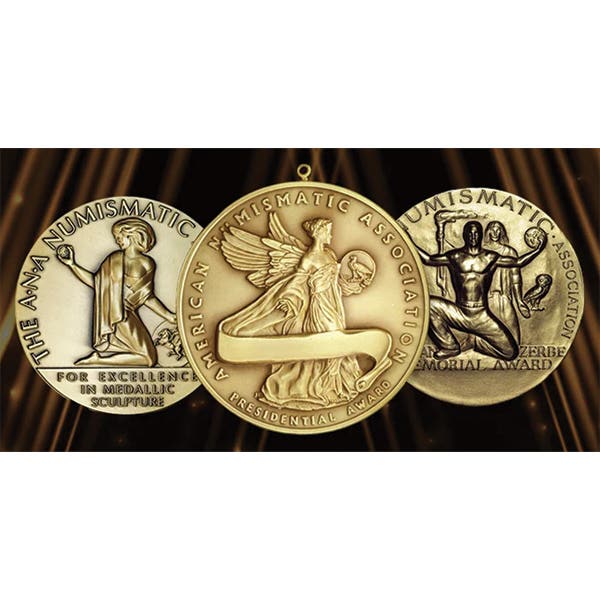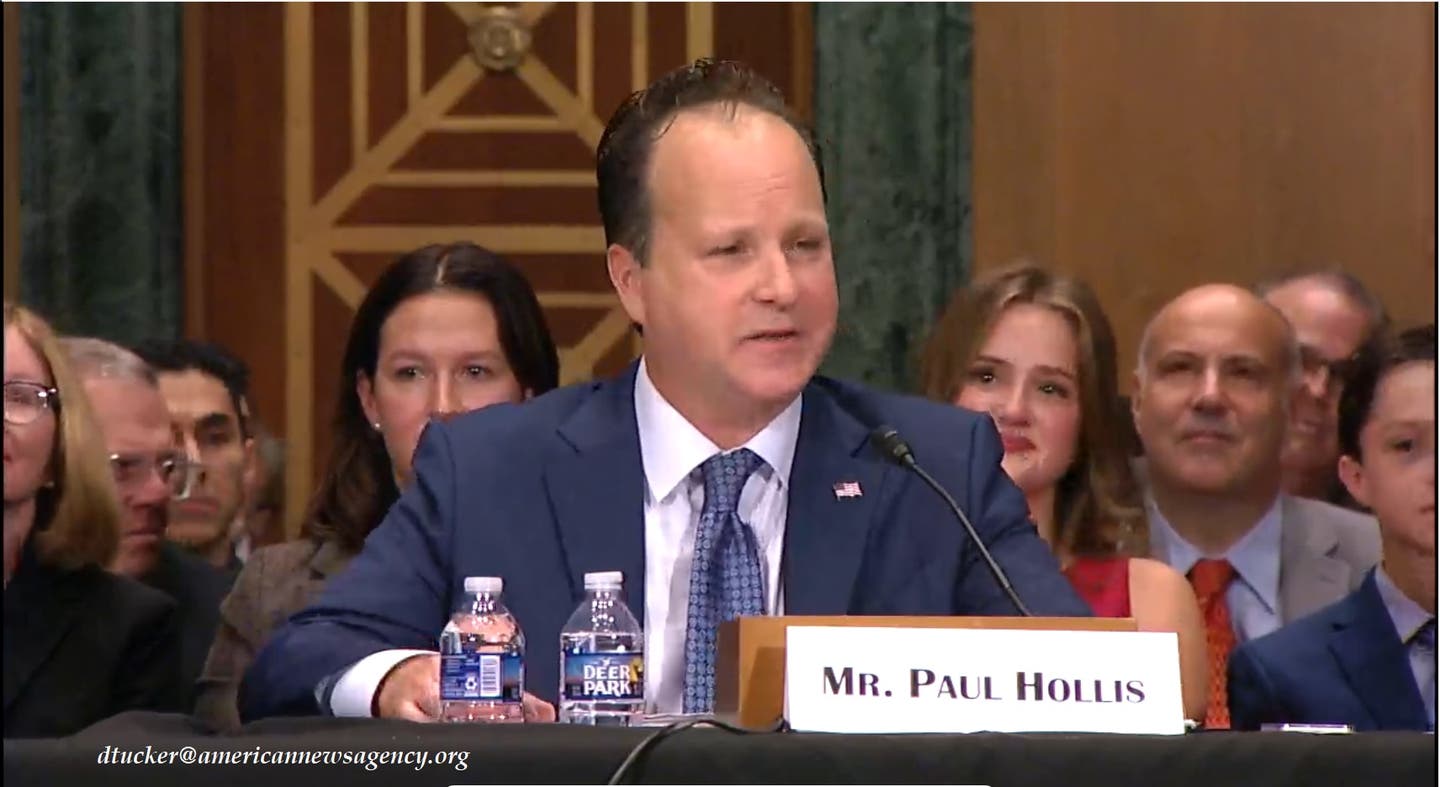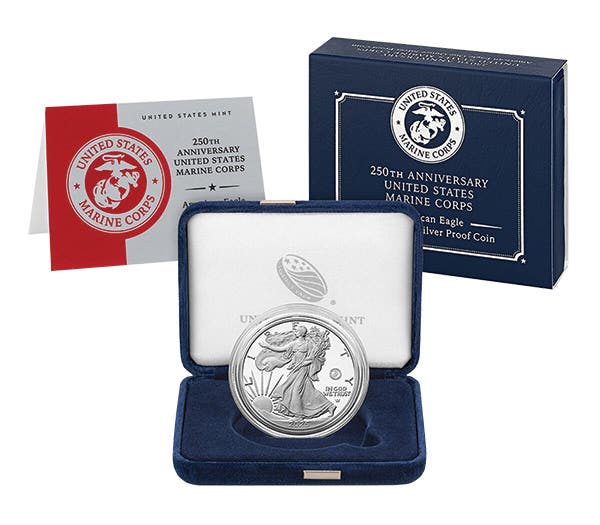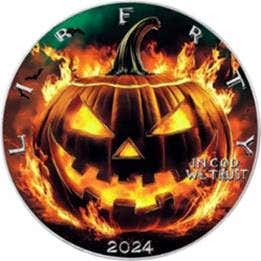Tradition keeps names off U.S. coins
Think a minute and you’ll realize that nobody has their name on any U.S. coin that depicts a real person, other than some of the commemoratives. It’s a matter of law that the names appear on our paper money, but tradition, based on a desire to avoid the appearance of being a “regal” currency, led to the absence of any names on coins.
I was disappointed when the Susan B. Anthony dollar appeared and her name didn’t appear on it. Why not?
Think a minute and you’ll realize that nobody has their name on any U.S. coin that depicts a real person, other than some of the commemoratives. It’s a matter of law that the names appear on our paper money, but tradition, based on a desire to avoid the appearance of being a “regal” currency, led to the absence of any names on coins.
Isn’t there a unique feature about the Apollo 11 eagle?
This design used on the Ike and Anthony dollars is the only depiction of an eagle on a U.S. coin that bears just an olive branch in its talons rather than a branch and a sheaf of arrows. This of course excludes eagles such as those on the Peace dollar design that carry neither. The olive branch is a traditional symbol of peace, so elimination of the arrows was intended to show the peaceful intent of the United States.
How does one know which star is meant when it says “the first [or the fifth] star?”
The usual numbering system is from left to right (clockwise) for stars around the rim of a coin design, beginning at the 6 o’clock (bottom) position of the design. Where there is an irregular star design in the field, the description has to be more detailed.
Does President Roosevelt appear on any other U.S. coin besides the dime?
If you said “yes,” you’d be right. There is the 1997 $5 commemorative and as well as the Philippines 1936 commemorative 1 peso with President Quezon. Mintage was 10,000, with the coins struck at the Manila Mint, a branch U.S. Mint.
It’s been some time, so please explain the first, second and third reverses on the early Morgan dollars again.
The first reverse had eight tail feathers and parallel edges on the arrow feathers (PAF). The second reverse (Reverse of 1878) also has parallel edges on the arrow feathers, the eagle breast is flat and the first “A” in “America” touches the wing. The beak is hooked and the coin has a narrow rim. The third reverse (Reverse of 1879) has tapered or slanted arrow feathers (SAF), a raised and rounded breast, the “A” in “America” does not touch the wing and the rim is wide. Both the second and third reverses have seven tail feathers.
At one time or another I’ve seen the SBA dollar listed as having 10, 11 or 12 sides. Please clear up the confusion.
The final coin was round with an 11-sided inner rim, which I helped confuse with an early reference to it as 12-sided. One of the original patterns for the coin, with a bust of Martha Washington, had a 10-sided edge. Gasparro’s original design – the “fright wig” Liberty facing the viewer’s left – was round with a round inner rim.
Who did the flying eagle design used on the Gobrecht dollars and later on the Flying Eagle cent?
The design was created in 1836 by Titian Peale II, a top naturalist of his day and a skilled artist.
Are there any U.S. coins with the same design on different denominations?
One would be the Grant gold commemorative dollar and half dollar. Also, the 20-cent piece has the same reverse as the Trade dollar. This similarity isn’t often spotted, but it’s correct. Missing from the 20-cent coin is the motto, “E Pluribus Unum,” and the statement of the silver fineness that is added to the Trade dollar, but the rest is the same.
More Coin Collecting Resources:
• Subscribe to our Coin Price Guide, buy Coin Books & Coin Folders and join the NumisMaster VIP Program




